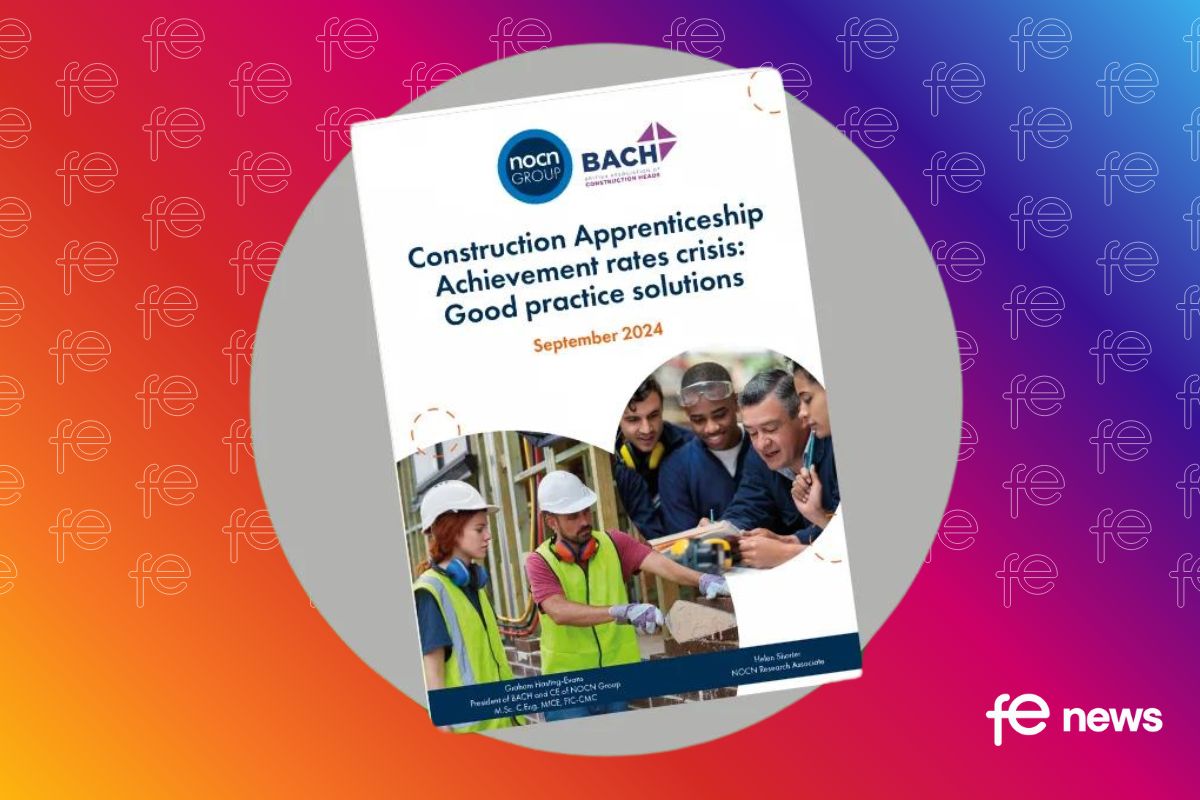Hiring an apprentice for the first time, what to consider beforehand

FDM Group, whose mission is to bring people and technology together, has offered hiring managers and business leaders expert tips and advice on what to consider before hiring an apprentice.
Apprenticeships offer fantastic benefits for employers, providing a reliable pipeline of skilled talent and contributing to a culture of continuous learning and improvement within the organisation.
However, hiring apprentices can often pose significant challenges, as it can be difficult to find suitable candidates who are not only enthusiastic about learning a trade but also possess the necessary aptitude and work ethic.
So before hiring an apprentice, several important considerations should be made to ensure a positive experience for both the employer and the apprentice – from developing a structured apprenticeship programme and ensuring you’re meeting compliance requirements and regulations, to appointing experienced mentors and establishing a system for regular performance evaluations and feedback sessions.
Kate Hawthorn, Director of Talent at FDM Group comments:
“Apprenticeship programmes often require a considerable level of investment from businesses bothin terms of time and resources. However, investing in apprenticeships from the outset can save on recruitment expenses and time in the long run. Apprentices can become committed long-term employees and government funding and subsidies can reduce costs even more.
“Apprenticeships also allow businesses to train individuals in the specific skills and knowledge needed for their particular industry or company, creating a workforce that is optimally trained for the tasks at hand, which can increase productivity and operational efficiency.”
Here are 10 considerations to make before hiring your next apprentice:
- Define your needs
The first step is to clearly identify the skills and roles for which you need apprentices. What specific tasks or projects will they work on? What are your training goals for the candidate?
- Programme structure
You then will need to develop a structured apprenticeship programme within your organisation that includes a curriculum, training schedule, and learning objectives. It is also important that you designate experienced mentors or trainers who will oversee the apprentices and guide their learning journey.
- Compliance and regulations
It is imperative that you familiarise yourself with your local regulations regarding apprenticeship programmes, including factors such as salary requirements and safety standards. See the government’s apprentice advice for more information.
- Recruitment and selection
Create a clear job description for the apprenticeship position, outlining qualifications, responsibilities, and expectations. Develop a recruitment strategy to attract candidates who are a good fit for your organisation and the apprenticeship programme, such as considering a recruitment agency or reaching out to candidates on LinkedIn.
- Training plan
Outline a comprehensive training plan that combines on-the-job training with classroom instruction or coursework. Alongside this, consider rotational experiences in different departments to provide a well-rounded education.
- Mentorship and supervision
Appoint experienced employees as mentors or supervisors who can provide guidance, monitor progress, and offer constructive feedback. We recommend choosing employees who are passionate about sharing their knowledge and are keen to have someone shadow them at work.
- Compensation and benefits
Determine an appropriate wage for apprentices and ensure that you consider local labour laws and industry standards. You should also aim to offer benefits, such as healthcare, paid time off, and opportunities for advancement or bonuses based on performance. In the UK, the national minimum wage for an apprentice is £5.28 per hour (September 2023). After a year as an apprentice, they are then entitled to the National Minimum Wage or National Living Wage rate for their age.
- Integration into the workforce
Foster a welcoming and inclusive workplace culture that ensures apprentices feel like valued members of the team. Encourage interaction between apprentices and other employees to facilitate knowledge transfer and networking.
- Evaluation and feedback
Establish a system for regular performance evaluations and feedback sessions to track the progress of apprentices. Provide opportunities for apprentices to share their thoughts and concerns. Remember that feedback is crucial for apprentices as they are learning the profession from scratch so may require more frequent or thorough evaluation sessions than your other employees!
- Certification and graduation
Determine the criteria for successful completion of the apprenticeship programme, which may include obtaining specific certifications or demonstrating proficiency in certain skills. This should be clearly communicated to the apprentice from the very beginning so that they know what they are working towards.
FDM group has been named on the government’s Flexi-job apprenticeship agencies register, empowering more school leavers into the tech sphere.
Flexi-job apprenticeship agencies employ apprentices and arrange placements with a variety of businesses across all sectors to train the next generation with essential skills for the workplace. These agencies also help employers with non-standard employment models to make greater use of apprenticeships.
For more information on hiring apprentices, see FDM’s Apprenticeship Guide for Businesses.











Responses